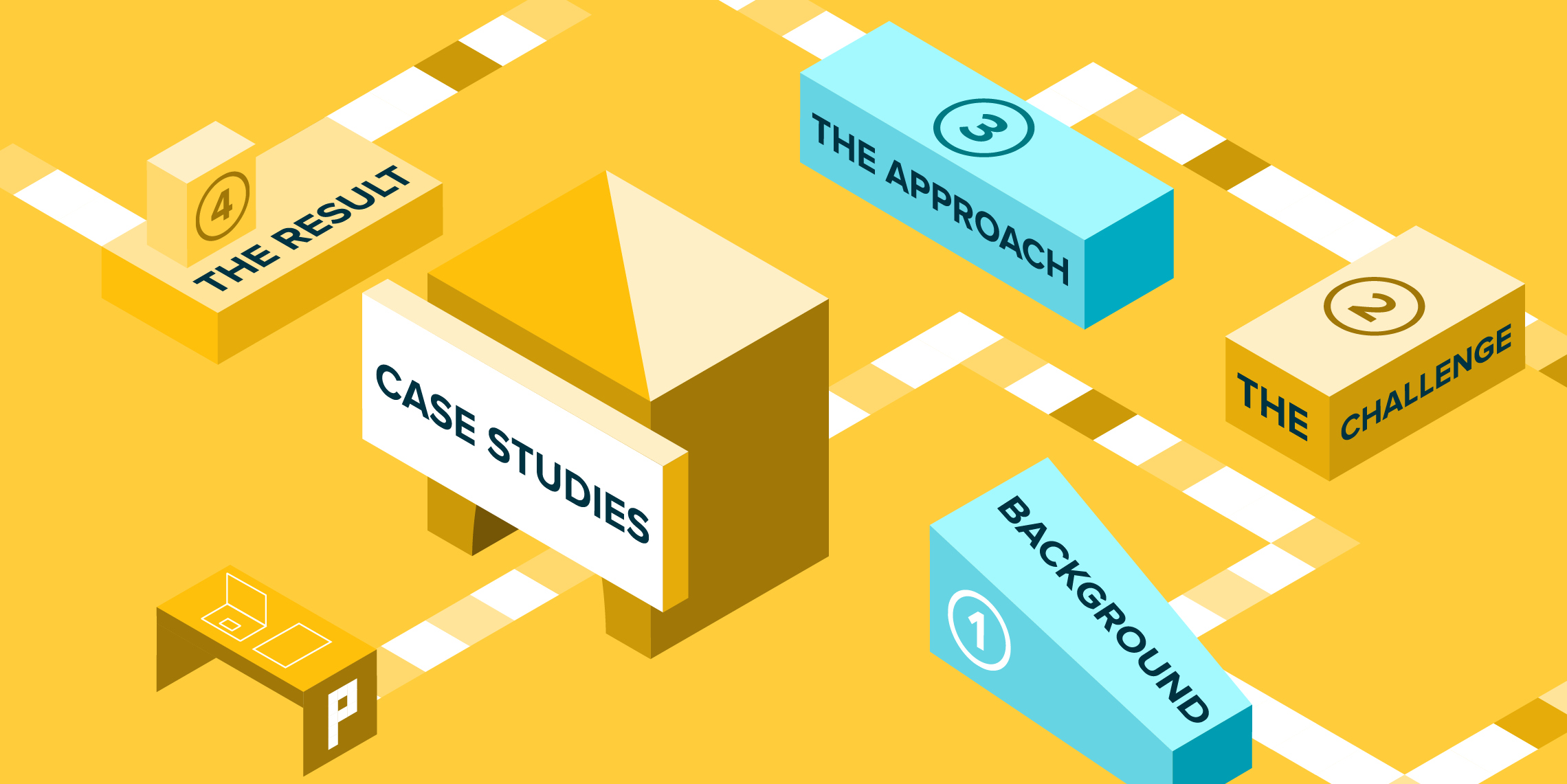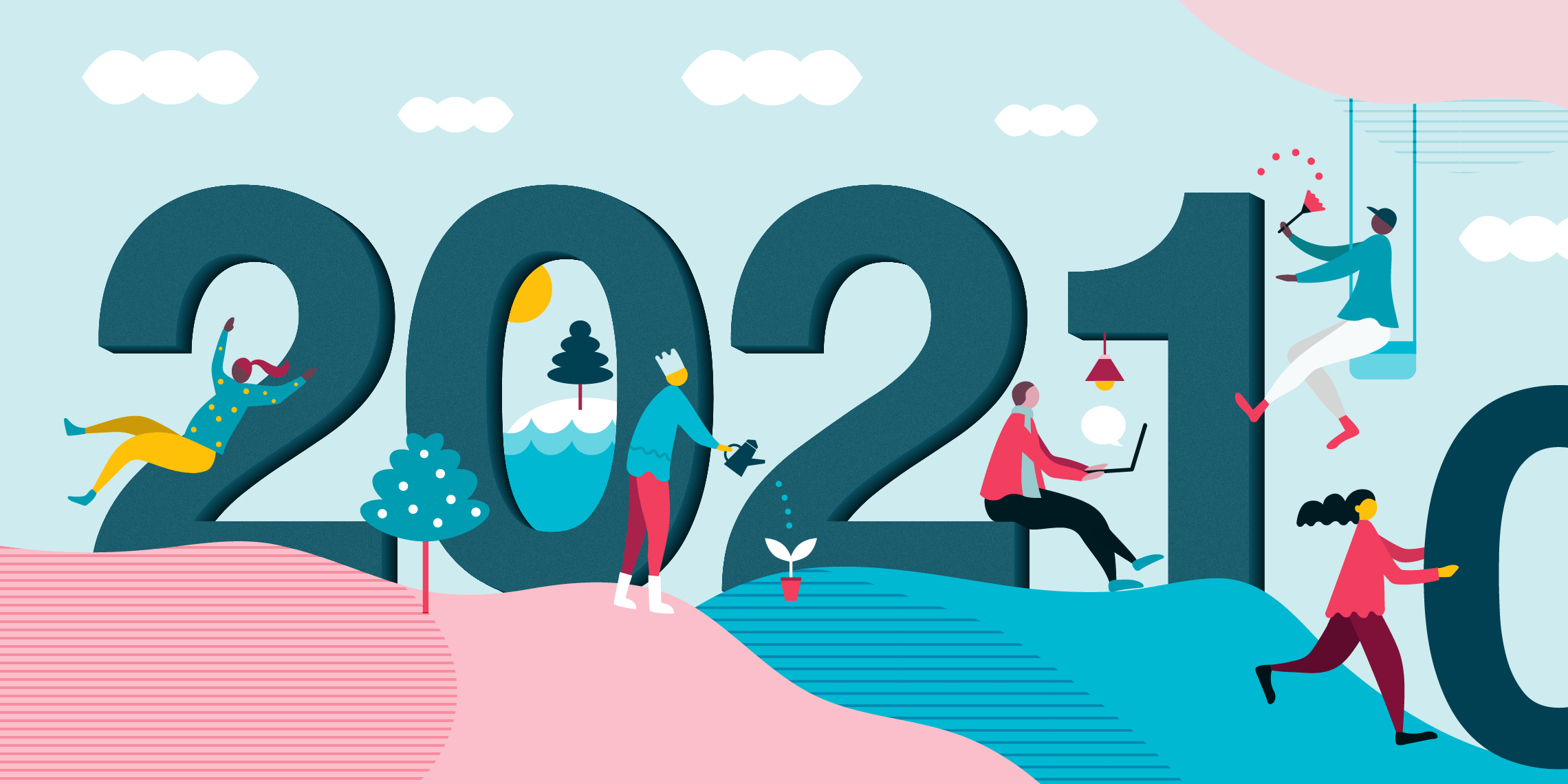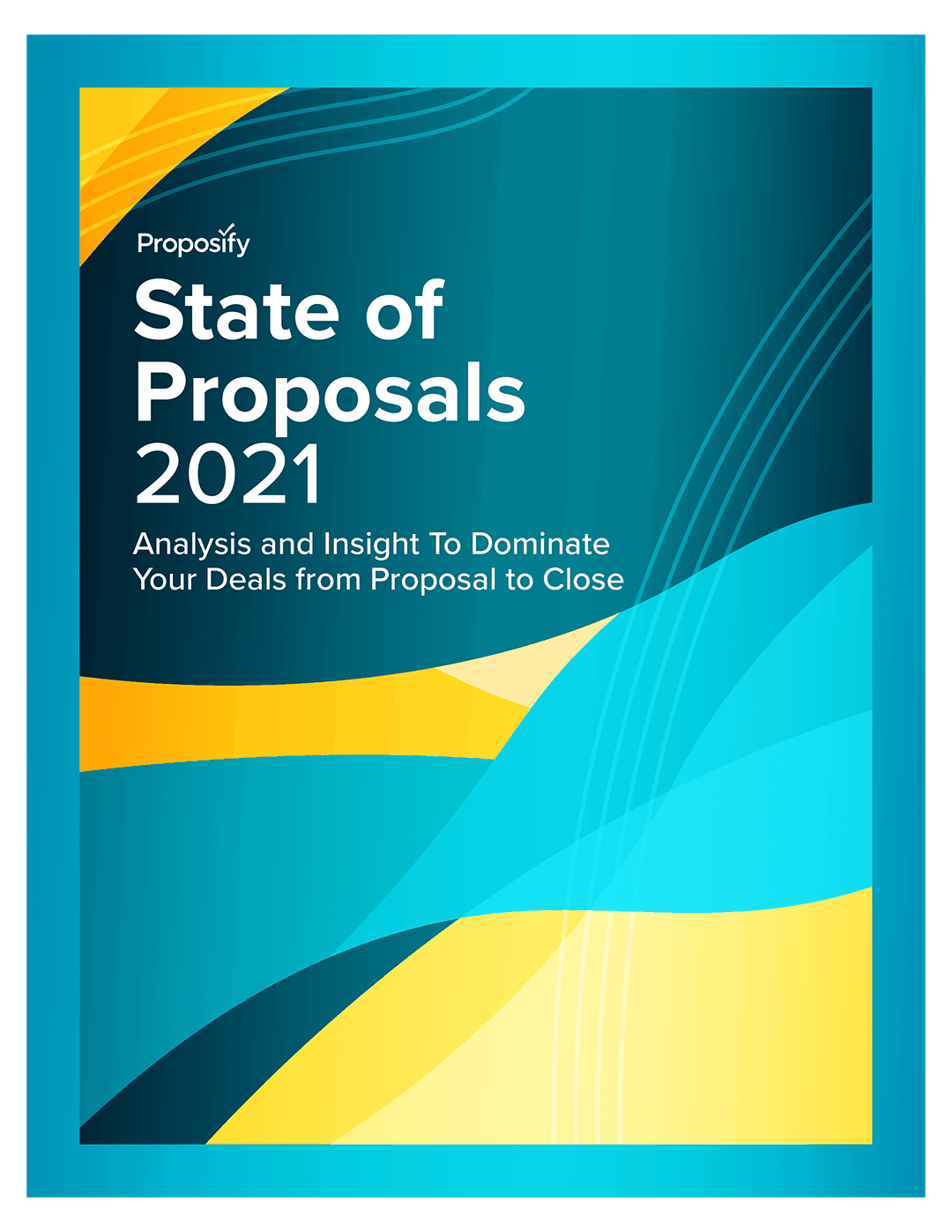(This article was originally published on 2/20/2018 and updated on 5/7/2021)
Starting a new proposal, especially when you want to deliver it to your hot lead as soon as possible, can feel like a daunting task. How do I format a proposal? What should I include? How long should it be? Where do I even start? I need more coffee. However, if you break your proposal writing process down into sections, it makes it less overwhelming. Keep reading to find out how to structure a proposal and which elements to include.
Structure of a proposal
1. Proposal cover
2. Proposal executive summary
3. Your approach/solution
4. Project deliverables
5. Project milestones
6. Budget/Your Investment
7. About us/team
8. Case studies/testimonials
9. Clients/references
10. Terms/conditions/next steps
Proposal cover
The cover of your proposal is the first thing that your sales lead will see, so it needs to make a good impression. It doesn’t have to be flashy (in fact, simple is usually better) but it must be well-designed. The proposal cover should include all the pertinent information like:
- Name of the project
- Any project reference numbers
- Name of the client and contact to whom you’re submitting
- Name of your company and contact info
- Date proposal was submitted
Make sure that any logos you use on the cover page, whether yours or your prospect’s, are high-quality, high-res versions that look sharp in the context of your cover. After all, the first thing a prospect sees shouldn’t be a fuzzy version of their logo in a white box that looks like an amateur cut-and-paste hack.
Here are some proposal cover letter samples to get the ball rolling.
Proposal executive summary

Contrary to popular belief, the executive summary isn’t a summary of your whole proposal. It’s a summary of why your solution is the right one. It needs to outline why your prospective client should choose your company over the competition.
The executive summary in a proposal must be persuasive and focused on the benefits of your company/product/service, rather than descriptive and focused on the features. You’ll have an opportunity to outline features later in the body of the proposal.
Here’s what to include in your executive summary.
Intro
The introduction of your executive summary needs to be compelling enough to grab the reader’s attention right away and make them want to keep reading. This is the time to focus on the prospect, their issue, and the results they’re looking for; this isn’t the place to spotlight your company.
The challenge
The focus here is on the prospect and their challenge, not your team. After all, you can’t solve a problem that you don’t understand, and people won’t hire you if they think you don’t get it. Demonstrate your grasp of the situation; include some research or refer to related experience your company has had with a similar project.
The solution
This is where you highlight the solution your team has designed to overcome the prospect's business challenges. Outline how it will work and the benefits they can expect.
Keep this section fairly high level - they can read the specifics in the proposal - but provide enough detail to give your buyers a sense of relief and get them excited about the results to come.
The proof
Explain why your company, your team, or your product is the right choice for this situation; why you’re uniquely qualified to do this work.
Maybe you have lots of experience helping other companies with a similar issue; maybe it’s a special skill your team possesses, technology you’ve built, or approach you’ve adopted. Explain why your company specifically can make this a successful project and deliver the most favourable results.
Call to action
Since the purpose of an executive summary is to sell, now’s the time to close the deal before the reader even gets to page two.
This section is your chance to convince your prospect that their only chance for success is to hire your company. Remind them what differentiates you from the competition and reinforce the idea that your solution is the only one that will deliver results.
And finally, a little flattery goes a long way. Talk about why you and your team are excited to work with them on this project.
Some people claim that the executive summary should be 10% of your entire proposal, but we recommend keeping it to one page. If you’re working on an RFP there may be a set length you have to adhere to, so be sure to check out the guidelines.
Your approach/solution
The next section of your proposal details your approach to solving the client’s business challenges and the process involved. It’s important to be as specific as possible to this particular client and project. You don’t want them to think you sent a generic boilerplate proposal and just swapped out another prospect’s name for theirs. Even if this solution is one you sell to most companies, make the context of the proposal feel customized.
Project deliverables
The project deliverables section of your proposal should describe exactly what’s included in the proposal and what the prospect can expect to receive from you. If you were sending a marketing proposal, for example, here’s what your project deliverables section might
include:
- Social media audit
- Competitive analysis
- Content strategy
It’s important that you have detailed descriptions for each deliverable. Don’t assume the reader already knows the scope of each one, or even what they mean. Providing detail and being clear will help avoid any misunderstandings about expectations later., plus they may not be the final decision maker and will need to show the proposal to other internal stakeholders
Project milestones
The project milestones section of your proposal is where you’ll break the project into phases.
Use this section to outline the events and deliverables involved with each phase, along with how long it will take, who is responsible for what, and what will be accomplished at the completion of each milestone.
Budget/Your Investment
The budget section of a proposal, also called the pricing section, is pretty self explanatory; it is an overview of your project fees and descriptions, which helps prospects understand exactly what they’re paying for. We recommend titling section “Your Investment” because it reminds buyers that they are making an investment in their company, not incurring a cost.
You might be wondering if it's necessary to include pricing in a business proposal. We were curious too, so we did a deep dive into over 2.6 million proposals in our database and discovered that 97.6% of proposals contain pricing information.
We also found that fewer fees are less overwhelming to potential clients, but if you have different pricing options, add-ons, and upgrades, interactive pricing is the way to go. In fact, the close rate for proposals with interactive pricing is 12.6% higher than those with static pricing.
Interested in learning what else makes a winning proposal? Download the State of Proposals 2021 to get the data behind the trends and strategies that close. You’ll gain insight into ideal proposal length, how to follow-up, whether or not you should discount your deals, and more.
About Us/Team
The About Us section of your proposal gives you the opportunity to show potential clients who you are as a company: what you do, why you exist, your expertise, and your unique selling proposition. Use this section to touch on all the various services or products you offer, not just the ones relevant to this proposal. It may be a chance to cross-sell your clients, or at least plant the seed in their minds of your range of abilities.
Don’t forget to show off your greatest resource — your team! Make your potential new client feel confident that they’re hiring the best by highlighting the experience and strength of your team members. Include pictures and bios of the key people who will be working on the project.
Your prospect doesn’t just want to see that you can complete their project successfully; they also want to know your company’s values so they can see for themselves that you’re reliable and will be someone they can work with for an extended period.
Case studies: social proof in proposals

Social proof like case studies and testimonials put the walk in the talk of your business proposals. Include examples of past projects with a written description of the problem you solved, and what the client thought of the results. Here’s what to include if you choose to use case studies in your proposals:
Background
Provide context for the reader by briefly introducing the client company, what they do, and their industry.
The challenge
Why did the client come to you? What problem did they need solved? Why did they choose your company to help them?
The approach
What did your team do to address the client’s problem? What was your process to develop a solution? Why did you decide that solution was the right one?
The result
Explain the results your solution delivered to the client, ideally with hard numbers, but otherwise anecdotally. Describe how your team improved their situation, how it helped them achieve their goals, and how they are now positioned for a successful future. RESULTS ARE CRITICAL. If you can’t demonstrate positive results, don’t include the case study.
Clients/references
This section is optional, but you can use it to include a client list or contact information of people your prospect can contact for a reference on what it’s like to work with your business. Remember to check with your existing clients first before giving out their names or contact information.
Terms/conditions/next steps
Show your prospect how to proceed to close the sale. It could be a statement of work, contract for sign off, or even just a name and phone number to call. It’s usually a good idea to get a lawyer to help with the terms and conditions to make sure both you and your client are protected if this project goes awry.
Use esignatures to close proposals faster
Once you’re ready to capture your prospect’s signature, esignatures are the only way to go.
With over 97% of closing docs being delivered virtually, it’s clear that pen-to-paper signatures are a thing of the past. And that was true even before COVID — contrary to popular belief, esignatures have been legally binding for over 20 years now.
But beyond providing a means to bridge the gap created by the pandemic, esignatures make it much easier to get clients to sign off on your deals. And it shows; esignatures help increase deal close rates by up to 465% and help them close up to 66% faster, so it’s about time we quash any remaining electronic signature myths.
The bottom line is that esignatures are no longer optional — they’re essential. They make the transition from prospect to client seamless, all while reducing clutter and shrinking your carbon footprint. But if you’re still not sold, let us show you why and how electronic signatures can help you close.
Conclusion
Beyond your proposal format, design is a major factor that can influence the outcome of your proposal. It can help communicate complex ideas more clearly, make documents easier to navigate, and set your closing docs apart from the competition. But most importantly, winning proposal design ensures that all elements of your proposal are driving towards a common goal: closing.
While every proposal is different, most follow a similar structure and flow. You may have to structure a proposal from scratch the first time, but once you develop a process, you can reuse some of the content and the proposal format to create proposals faster and still deliver a persuasive pitch.
If you’re still unsure about your proposal format, you can start with our business proposal templates to see how we structure proposals that close.



